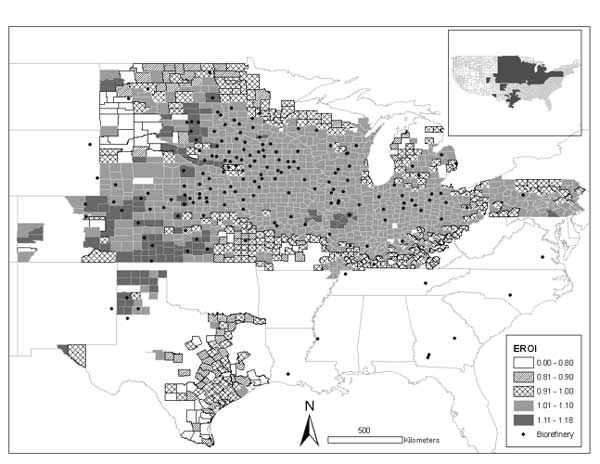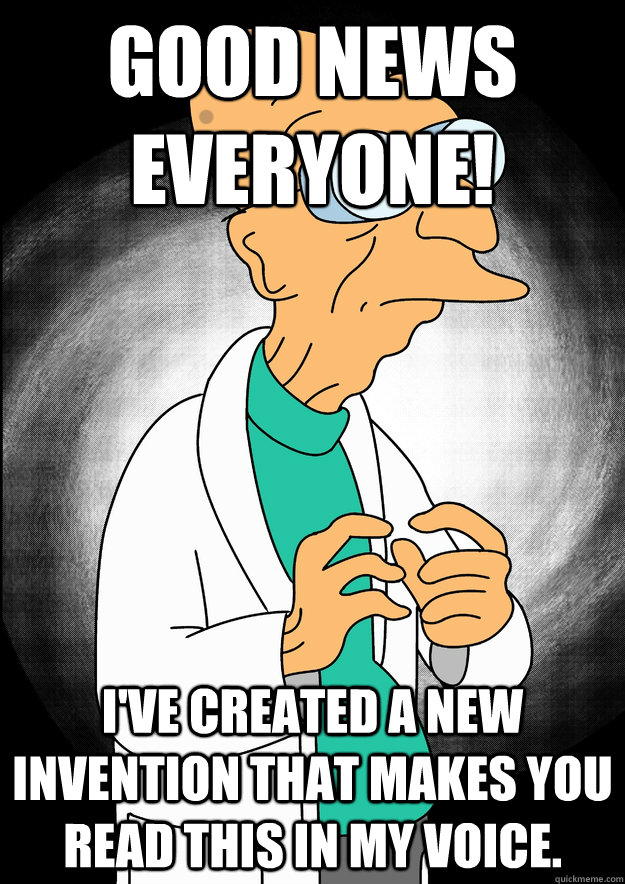
I finished
Gas price resistance broken! with a very general prediction.
WTI could go up another dollar, but between the lower price for RBOB and the usual seasonal decline, the retail price of gas is still headed lower. Stay tuned.
I had no idea how right I would be and how soon. Today, all four neighborhood outlets had dropped their price another dime to $3.19. I might have expected prices that low next week, but not this week and especially not at the start of the week. Good thing I just said prices would fall, not how far or how soon.
It's still Sunday, so I have nothing new to report as far as crude oil or RBOB gasoline, but I can check
GasBuddy to see if this price is in line with the usual pattern. The answer is that it's low, as the Detroit average is $3.32. Usually, it would have been a dime cheaper at $3.22. Falling all the way to $3.19 is a bit ahead of the curve, but that's
happened before and turned out to be right. By tomorrow or the day after, I wouldn't be surprised if the Detroit average fell to $3.29, making the neighborhood stations in line with the pattern.
For what it's worth, prices are now eight cents below
where they were last year, when they were selling regular for $3.27 on this date, instead of just two cents. That's consistent with the year-to-year difference the past couple of months.
Also, GasBuddy shows the national average at
$3.32 (that was the Detroit average) just above $3.30. That makes a prediction I posted in
Fear premium a dead cat bounce as price falls three times in five days look good.
The longer-range forecast is still for lower prices. For example, Calculated Risk trumpeted EIA Forecast: Gasoline Prices expected to decline to $3.30 per gallon in December last week. I'd be surprised if it took that long for the national average to go that low.
We're almost there. As for the other prediction I included in that entry...
Last December, I predicted a floor of $3.10 for the national average this year. It could go that low. I also predicted a ceiling of $3.80. So far, Gas Buddy has shown that prediction standing, although there are two more months left in the hurricane season for a price spike and events in Ukraine and Iraq could still revive the fear premium, so I'm not declaring victory yet.
I think I have a 95% probability of the price ceiling holding, barring Ebola having a perverse effect of causing prices to rise because of oil shipments stopping and that being stronger than the economy slowing down. I rather doubt that will happen enough in the next two months. As for the national average staying above $3.10, that's still uncertain. Stay tuned.

































